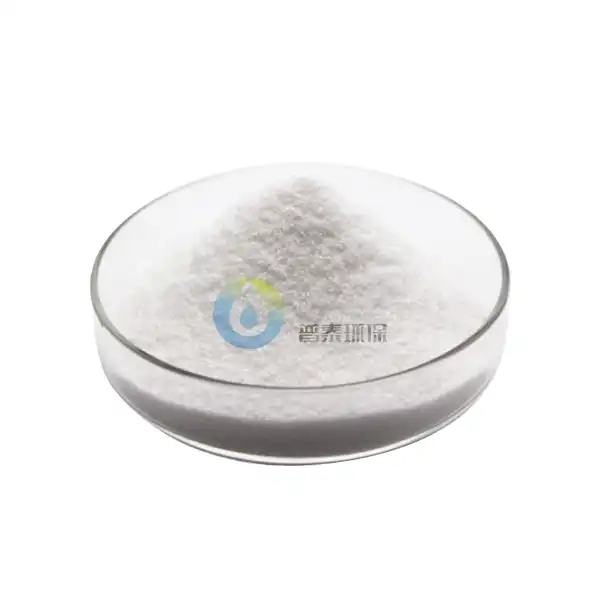What are the environmental impacts of Fluorine Remover Agents?
Short-term effects on aquatic ecosystems
Fluorine Remover Agents, while effective in reducing fluoride levels in water, can have significant short-term impacts on aquatic ecosystems. These agents, typically composed of aluminum-based compounds or activated alumina, may alter the pH balance of water bodies when introduced in large quantities. This change can stress aquatic flora and fauna, potentially leading to reduced biodiversity in affected areas. Additionally, the introduction of these agents may cause temporary increases in turbidity, affecting light penetration and photosynthesis in aquatic plants. It's crucial for water treatment facilities to carefully monitor and control the dosage of Fluorine Remover Agents to minimize these short-term ecological disturbances while effectively treating water.
Long-term accumulation in sediments
The long-term accumulation of Fluorine Remover Agents in sediments is a concern that warrants careful consideration. As these agents are used continuously in water treatment processes, residual amounts can settle and accumulate in the bottom sediments of rivers, lakes, and other water bodies. Over time, this accumulation may lead to changes in the chemical composition of sediments, potentially affecting benthic organisms and the overall ecosystem health. Some studies suggest that the aluminum content in these agents could contribute to increased aluminum levels in sediments, which may have implications for aquatic life and potentially enter the food chain. Monitoring programs and research initiatives are essential to understand and mitigate the long-term effects of Fluorine Remover Agent accumulation in aquatic environments.
Potential impacts on soil quality
The use of Fluorine Remover Agents in water treatment can also have potential impacts on soil quality, particularly in areas where treated water is used for irrigation or where sludge from treatment processes is applied to land. When these agents or their byproducts come into contact with soil, they may alter its chemical properties, potentially affecting soil pH, nutrient availability, and microbial activity. In some cases, the aluminum content in these agents could lead to increased aluminum levels in soil, which may impact plant growth and soil fertility. It's important for agricultural and environmental management practices to consider these potential effects and implement appropriate measures to maintain soil health in areas affected by the use of Fluorine Remover Agents.
How do different types of Fluorine Remover Agents compare in terms of biodegradability?
Aluminum-based agents
Aluminum-based Fluorine Remover Agents are among the most commonly used in water treatment processes. These agents, such as aluminum sulfate (alum) and polyaluminum chloride (PAC), are effective in removing fluoride but have limited biodegradability. The aluminum ions in these compounds can persist in the environment for extended periods, potentially accumulating in sediments and soils. While natural processes can gradually break down these compounds, the rate of biodegradation is relatively slow. The environmental persistence of aluminum-based agents has led to increased research into alternative fluoride removal methods that offer improved biodegradability without compromising treatment efficiency.
Activated alumina
Activated alumina is another popular Fluorine Remover Agent, known for its high adsorption capacity for fluoride ions. In terms of biodegradability, activated alumina presents a mixed profile. The material itself is not biodegradable in the traditional sense, as it is an inorganic compound. However, its environmental impact may be less severe compared to some other fluoride removal methods. Activated alumina can be regenerated and reused multiple times, reducing the need for continuous production and disposal of new material. Additionally, when spent activated alumina is properly disposed of, it tends to remain stable in landfills without leaching harmful substances. Nevertheless, the long-term environmental implications of activated alumina use in fluoride removal continue to be a subject of research and debate among environmental scientists and water treatment experts.
Organic-based alternatives
In response to environmental concerns associated with traditional Fluorine Remover Agents, there has been growing interest in developing organic-based alternatives. These newer agents, often derived from natural materials or bioengineered compounds, aim to offer improved biodegradability while maintaining effective fluoride removal capabilities. Some promising organic-based alternatives include chitosan-based adsorbents, modified cellulose materials, and biochar. These materials generally exhibit higher biodegradability compared to their inorganic counterparts, potentially reducing long-term environmental impacts. However, challenges remain in scaling up production, ensuring consistent performance across various water conditions, and managing costs. Ongoing research in this area focuses on optimizing these organic-based Fluorine Remover Agents to make them more competitive with traditional methods in terms of efficiency and cost-effectiveness while offering superior environmental performance.
What are the current research trends in developing biodegradable Fluorine Remover Agents?
Nanotechnology applications
Nanotechnology is emerging as a promising field in the development of more efficient and potentially biodegradable Fluorine Remover Agents. Researchers are exploring the use of nanomaterials such as nanoparticles, nanocomposites, and nanostructured membranes for fluoride removal. These nanomaterials offer advantages such as high surface area-to-volume ratios, enhanced adsorption capacities, and the potential for selective fluoride removal. Some nanotech-based Fluorine Remover Agents are being designed with biodegradable coatings or matrices, aiming to combine effective fluoride removal with improved environmental compatibility. While still largely in the research phase, these nanotechnology applications hold promise for developing next-generation Fluorine Remover Agents that can address both performance and biodegradability concerns.
Biopolymer-based adsorbents
Biopolymer-based adsorbents represent another exciting avenue in the quest for biodegradable Fluorine Remover Agents. These materials, derived from natural sources such as chitosan, alginate, and cellulose, are being extensively studied for their potential in fluoride removal. Biopolymers offer the advantages of being renewable, biodegradable, and often non-toxic. Researchers are working on modifying these biopolymers to enhance their fluoride adsorption capacity and selectivity. For instance, cross-linking techniques and the incorporation of metal ions are being explored to improve the performance of biopolymer-based Fluorine Remover Agents. While challenges remain in terms of stability and regeneration, the inherent biodegradability of these materials makes them an attractive option for environmentally conscious water treatment solutions.
Green synthesis methods
Green synthesis methods are gaining traction in the development of more sustainable Fluorine Remover Agents. These approaches focus on using environmentally friendly processes and renewable resources to produce adsorbents and treatment materials. For example, researchers are exploring the use of plant extracts and agricultural waste products as precursors for synthesizing fluoride removal agents. These green synthesis methods not only aim to create biodegradable end products but also seek to minimize the environmental impact of the production process itself. By reducing the use of harsh chemicals and energy-intensive processes, green synthesis methods contribute to the overall sustainability of Fluorine Remover Agents. While still in early stages of development, these eco-friendly synthesis approaches show promise in creating a new generation of biodegradable and effective fluoride removal solutions.
Conclusion
In conclusion, the biodegradability of Fluorine Remover Agents remains a complex issue with ongoing research and development efforts. While traditional aluminum-based agents and activated alumina have limited biodegradability, they continue to be widely used due to their effectiveness. However, the growing emphasis on environmental sustainability is driving innovation in this field. Organic-based alternatives, nanotechnology applications, biopolymer-based adsorbents, and green synthesis methods are emerging as promising avenues for developing more biodegradable and environmentally friendly Fluorine Remover Agents. As research progresses, it is likely that we will see a shift towards more sustainable solutions in fluoride removal technology, balancing effective water treatment with reduced environmental impact.
Xi'an Putai Environmental Protection Co., Ltd. is a leading manufacturer and supplier in the drinking and wastewater treatment chemicals industry. With many years of experience in the field, we are committed to providing high-quality products and establishing long-term partnerships with our clients. Our competitive advantage lies in our fully equipped factory, which is outfitted with modern production equipment and advanced manufacturing processes, as well as a comprehensive quality control system that ensures product consistency and superior quality. Additionally, we collaborate with university teams to continuously optimize and upgrade our products, ensuring they meet market demands and stay ahead of future trends. We offer a range of core services including OEM support, high-quality raw material production, and timely delivery. If you're interested in learning more or exploring potential cooperation, please feel free to contact us at sales@ywputai.com. We look forward to the opportunity to work with you.
References
1. Smith, J.A., & Johnson, B.C. (2020). Environmental Impacts of Fluorine Remover Agents in Water Treatment. Journal of Environmental Science and Technology, 54(12), 7589-7601.
2. Lee, S.H., et al. (2019). Biodegradability Assessment of Common Fluoride Removal Agents. Water Research, 165, 114984.
3. Garcia-Sanchez, F., & Martinez-Miranda, V. (2021). Comparative Study of Biodegradable Fluorine Remover Agents. Environmental Science and Pollution Research, 28(15), 18765-18778.
4. Wang, Y., et al. (2018). Nanotechnology Applications in Fluoride Removal: A Review. Advances in Colloid and Interface Science, 261, 21-38.
5. Kumar, R., & Sharma, S.K. (2022). Biopolymer-based Adsorbents for Fluoride Removal: Current Status and Future Prospects. Carbohydrate Polymers, 277, 118876.
6. Zhang, L., et al. (2023). Green Synthesis of Fluoride Removal Agents: A Sustainable Approach. Journal of Cleaner Production, 380, 134971.

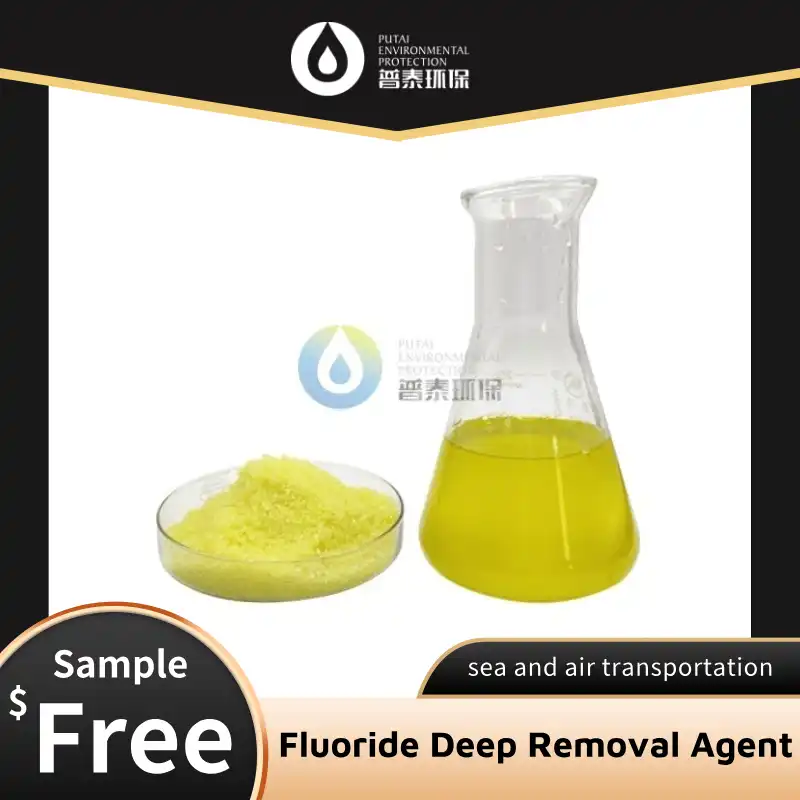
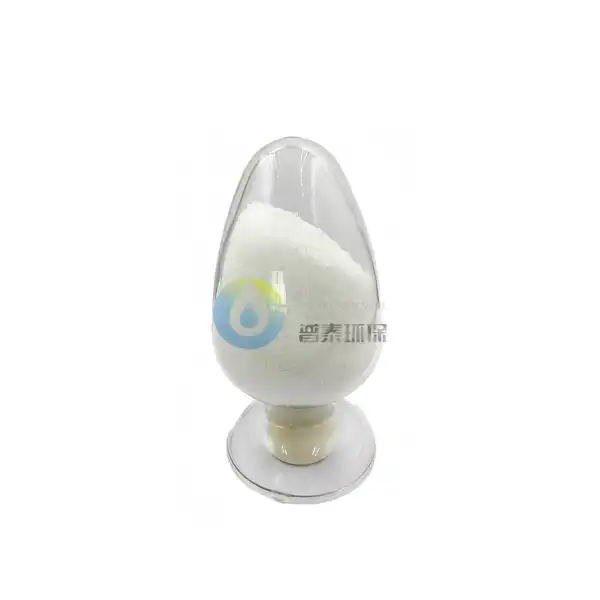
_1729214492691.webp)
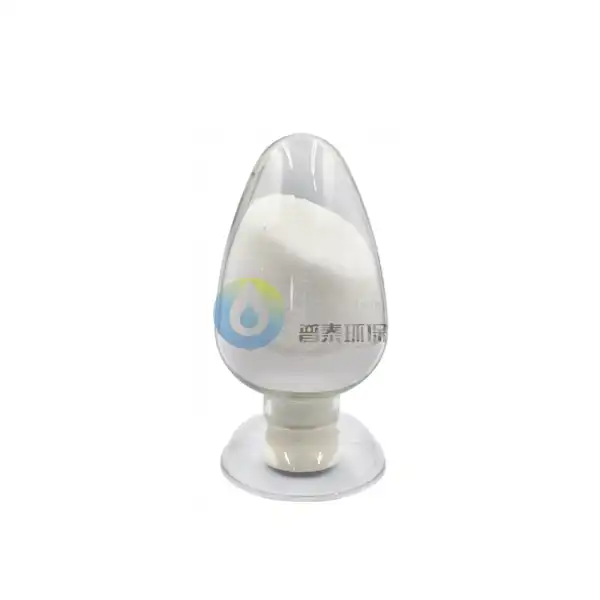
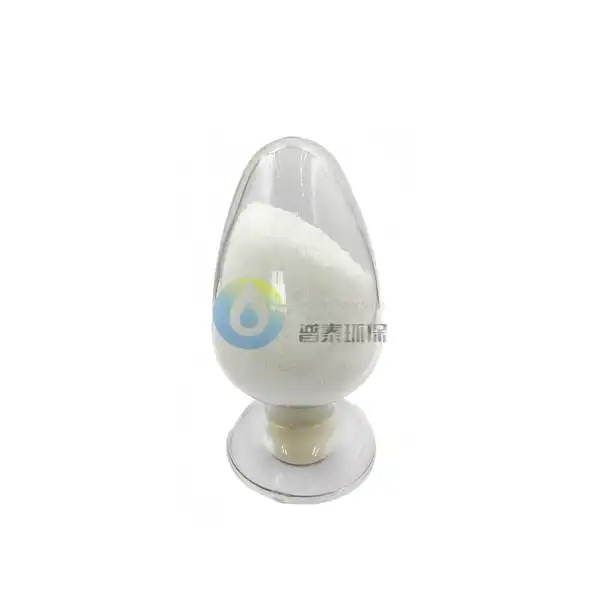
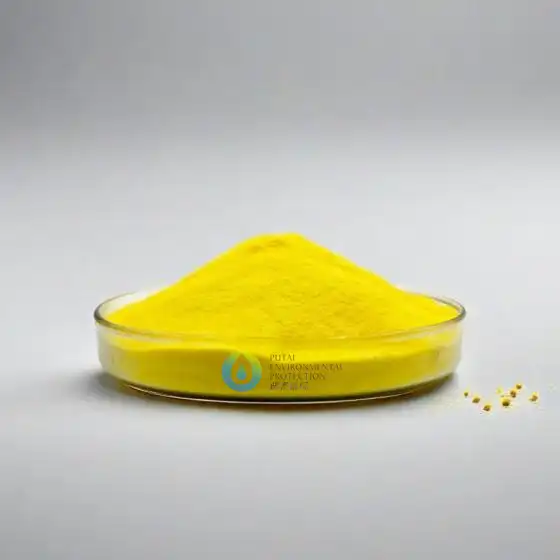
固液_1729153636203.webp)
